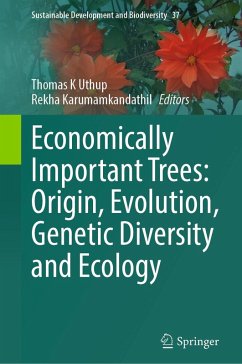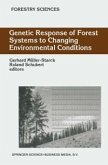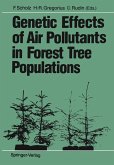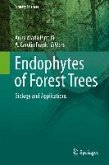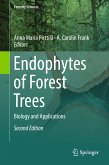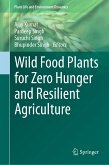Human interventions in the evolution and development of these economically important trees began at least four thousand years ago. Over these years, significant improvements in the traits of economic value were achieved for most of these tree species. However, the long history of domestication and the selective breeding pressure applied to their wild progenitors accelerated the loss of biodiversity, resulting in reduced genetic diversity and shrunken germplasm resources of these domesticated species. The book portrays the novel dimensions of the propitiousness of tree domestication and the interesting history behind it, which is interlaced with the development of civilizations, religions, local traditions, medicine and cuisine.
This book is of interest to teachers, researchers, biodiversity experts, and policymakers. It can be used as additional reading material for undergraduate and graduate students of forestry, ecology, genetics, and environmental sciences. The book also serves as an interesting and useful read for national and international agricultural scientists, as well as historians and the general public.
Dieser Download kann aus rechtlichen Gründen nur mit Rechnungsadresse in A, B, BG, CY, CZ, D, DK, EW, E, FIN, F, GR, HR, H, IRL, I, LT, L, LR, M, NL, PL, P, R, S, SLO, SK ausgeliefert werden.

